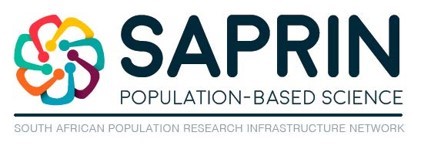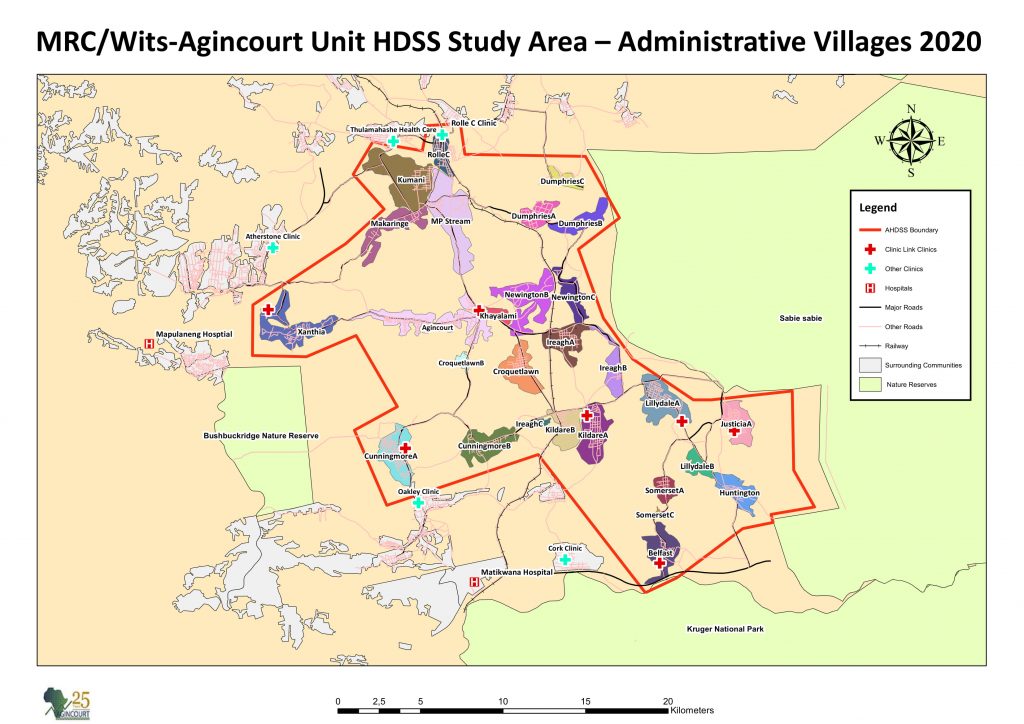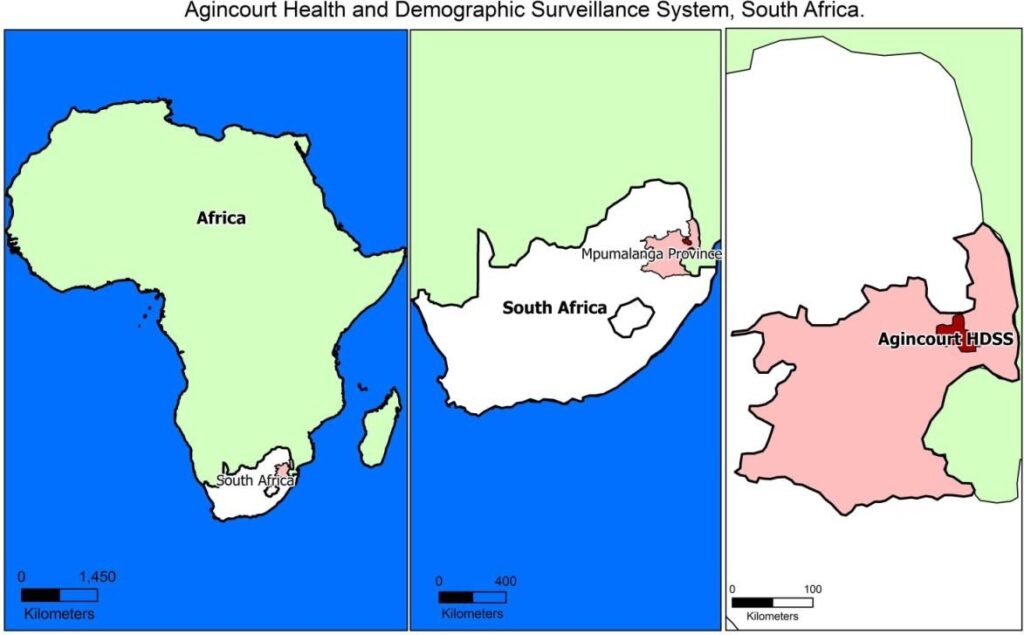Agincourt Health and Demographic Surveillance Systems (HDSS)
The Agincourt HDSS provides a platform for generating extremely high-resolution data leading to new knowledge, and presents opportunities for testing innovative methodology using the latest technology. Here are some quick facts about the HDSS area:
- Site size: 420 Square Kilometres
- 21 000 households
- Thirty-one villages
- 120 000 people
- Semi-arid region
- Located in north-eastern South Africa
- 40 km west of the Mozambican border
- Cross border region of rural Southern Africa
- Third of the population are Mozambican
- High population density of above 200 people per sq. km
- Limited employment opportunities
- High-level of poverty (forms part of the Bushbuckridge poverty node)
The primary driver behind HDSS is the requirement to precisely account for the entire population exposed to a danger or treated to a specific intervention, like a clinical trial. In light of this, a population is precisely identified, routinely observed, and all inflows and outflows of individuals are completely recorded. In most cases, the term “population” refers to everyone who resides in a particular area, and the “flows” are births and in-migration for the “ins” and deaths and out-migration for the “outs”
Making well-characterised data available to research and policy communities is a priority. The Unit builds capacity of local staff, has a data intern programme, and supervises/mentors doctoral students, postdoctoral fellows, early and mid-career researchers. It provides leadership to sub-Saharan research networks, and partners with leading African, UK and US institutions.
South African Population Research Infrastructure Network (SAPRIN)

Funded by the Department of Science and Innovation, and hosted by the SAMRC, SAPRIN now comprises 5 health and socio-demographic surveillance nodes (Agincourt in Mpumalanga, AHRI in KwaZulu-Natal, DIMAMO in Limpopo, GRT-Inspire in Gauteng, C-Sharp in Western Cape). SAPRIN aims to provide high quality science-based information and advice to guide development-oriented decision-making, investments and interventions.


